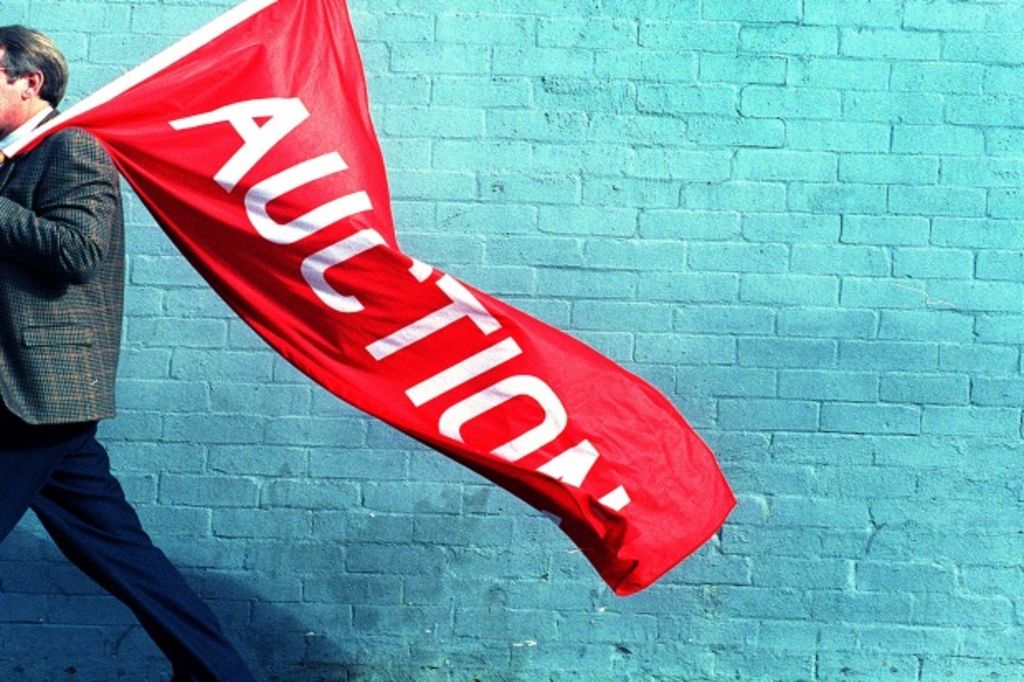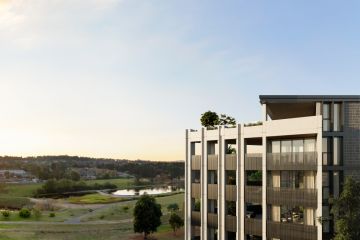If the Sydney property market is booming again, why doesn't anyone want to sell?

Click here for the Video transcript
As Sydney’s property prices are rising and in some areas auction clearance rates are back to boom-time levels of more than 80 per cent, those who stand to benefit the most – sellers – are staying away in droves.
The property drought is most severe in higher-priced, inner-ring suburbs, especially on the north shore and northern beaches where some agents are reporting up to 70 per cent fewer listings than this time last year.
“I’ve never seen stock so tight in my life,” said buyers agent Peter Kelaher, of PK Property Search, of the inner-ring suburbs. “I can’t find a waterfront for $15 million, I can’t find a house in Centennial Park for $7 million, I can’t find a house for $3 million in Mosman. It really is the best time to sell.”
He said this “Mexican standoff’ would continue while sellers could see there was nothing for them to buy. And the situation was likely to be resolved only in spring.
While winter is usually the quietest time on the real estate calendar, experts say there is more to it than that. They put the shortage down several factors, including a reluctance to sell before the outcome of the federal election was known, a relatively healthy economy, and sellers “pulling forward” their decisions to last year when prices were rising fast.
Analysis by the Raine & Horne network shows listings have plunged 68 per cent on the northern beaches this year compared with 2015, and 31 per cent on the north shore.
This comes at the time when the city’s median property prices have risen 3.1 per cent in May, according to CoreLogic RP Data. This growth is reflected in the booming auction market in inner-city areas, where clearance rates have been hovering close to or above 80 per cent during May, according to figures from Domain Group’s chief economist Andrew Wilson.
He has compiled data on the total number of listings for the first four months of each year going back to 2011, which shows that listings in the eastern suburbs, lower north shore and the northern beaches had fallen compared with last year, but when compared with previous years had dropped dramatically.
Dr Wilson said the reason for the fall this year compared with 2015 was that many had “brought forward” their decision to sell in 2015 while price growth was so strong.
“Lower listing numbers are clearly a result of what was an astonishing year last year, where there was a bonanza of buying and selling,” he said. “It’s still very much a sellers’ market in the inner-suburban, higher-priced areas.”
In the middle and outer-ring suburbs the shortage is not so bad – some agents report a 10 per cent decline – but in the outer-suburban regions of the west and south-west there are more properties on the market than in previous years.
Head of SQM Research Louis Christopher said his data showed fewer listings in the inner-ring areas this year compared with 2015, but that the total number of listings in Sydney had risen this year compared with 2015.
He said while the demand for houses and apartments was still strong in these inner areas, many sellers were waiting until the outcome of the federal election. Labor’s policy of restricting negative gearing to new homes, but “grandfathering” existing negative gearing arrangements until those properties are sold, would encourage investors to hang on to them.
“Sellers are thinking ‘why would I want to sell now, if I’m potentially holding a negatively geared property that could be seen as gold if Labor gets in’,” he said.
Another factor keeping sellers on the sidelines, especially in the inner-ring areas, was that they could see that the local economy was relatively strong and that house prices had started to rise, Mr Christopher said.
“The economy is moving along quite well at the moment, so affluent home owners have no reason to sell, their businesses are doing okay.”
The CoreLogic Index has reported a 1.6% rise across the capital city index over the month of May, so that’s slightly less than April, which was up 1.7%, but still we’re seeing very strong results here. In fact, we’re seeing a reacceleration in the trend rate of growth. Clearly we’re seeing mortgage rates move lower, we’re seeing an election coming up which, surprisingly normally you’d see people sort of buckle down before an election. At the moment, we’re seeing investor numbers starting to ramp up a little bit, so there’s that. We’re also seeing valuation numbers rising across our platforms. In fact, they’re up nearly 7% over the month of May, so we are seeing more activity out there, which is quite broad-based as well.
There is some speculation that investors are rushing into the market now to beat any changes in negative gearing, keeping in mind of course those changes don’t come into effect until July 2017, if the Labor Party wins, so I kind of struggle to reconcile why investors would be rushing in now. We don’t know what the outcome of the elections is going to be and even if Labor do get in, we still have a year before any changes in negative gearing happen. But without a doubt, we have seen an uplift in investment and maybe that’s more likely coming back to some opening up of lending conditions, so we are seeing lenders becoming more willing to lend to investors now that they’re well and truly under the 10% speed limit that APRA set back in 2014.
I’m really surprised to see the marketplace responding as it is and I wouldn’t be surprised if we get towards say the second half of the year, if we do see a reversion back to that slowing trend, simply because yields are very low in the Australian housing market, affordability constraints are becoming all the more pressing, particularly in Sydney and in Melbourne, and of course lending conditions and lending standards are much tighter than what they used to be say 12 months ago, which means it is a bit harder to get a loan and you generally do need a larger deposit.
We recommend
We thought you might like
States
Capital Cities
Capital Cities - Rentals
Popular Areas
Allhomes
More







